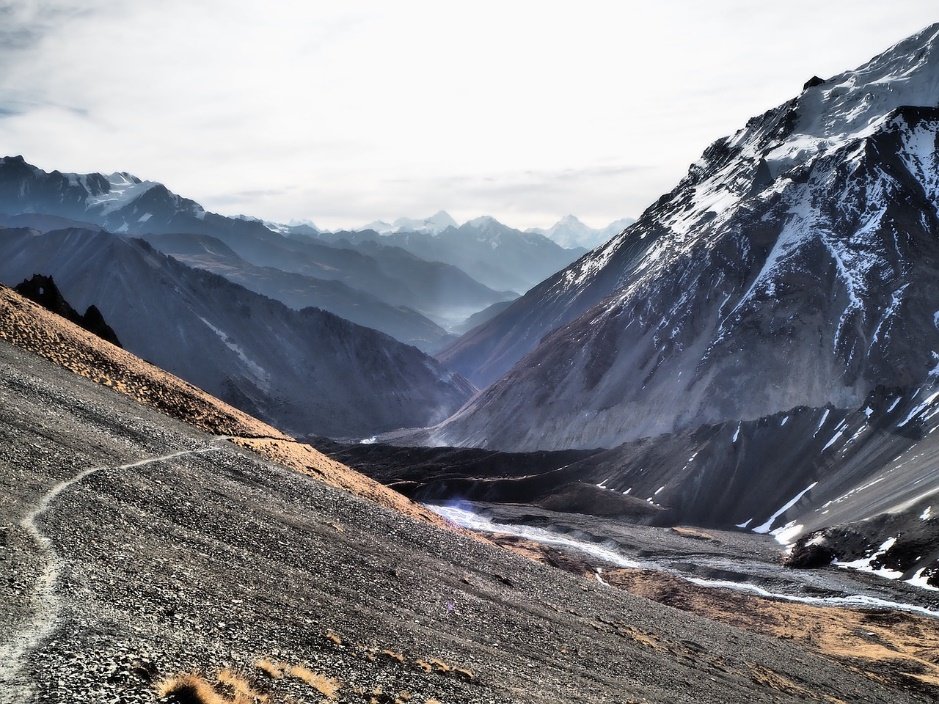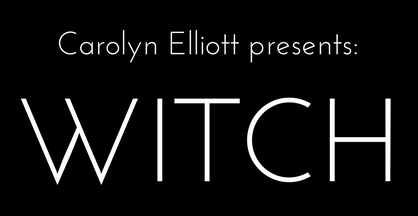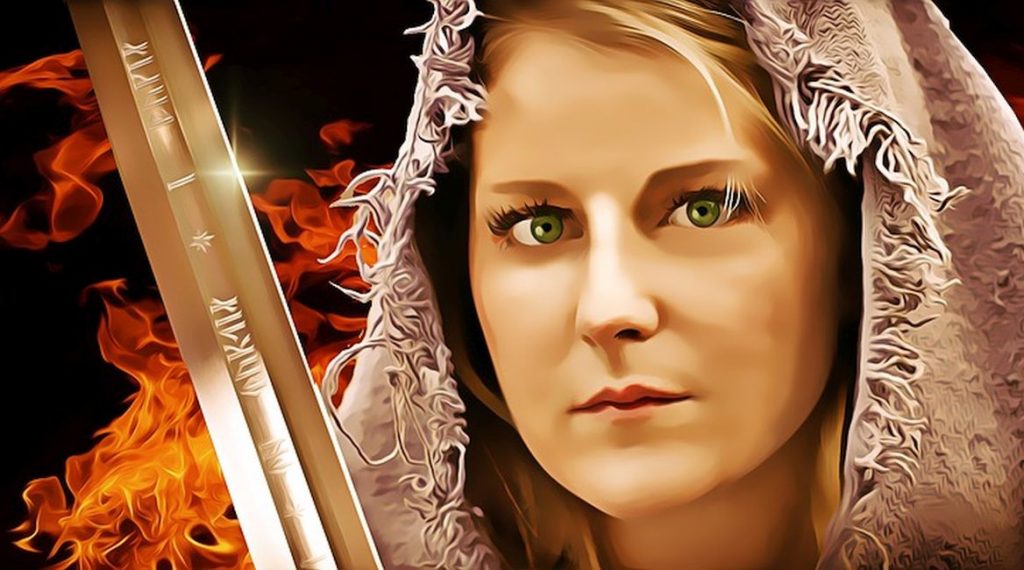by Renee Damoiselle
I’ve fashioned the title of this article after the book “The Razor’s Edge” by W. Somerset Maugham. Maugham, in turn, borrowed his book’s title from a verse in the Katha Upanishad.
The Upanishads are part of Hindu scripture, written originally in Sanskrit during the first millennium BCE. There are 200 known Upanishads setting forth the most widely followed concepts of Hinduism, Buddhism and Jainism.
The Katha Upanishad contains the following quote:
Arise! Awake! Approach the great and learn. Like the sharp edge of a razor is that path, so the wise say – hard to tread and difficult to cross.”
This passage refers to nothing less than the path to enlightenment. It’s a call to adventure as in the hero’s journey. Those who hear this call are all but compelled to follow.

I was compelled to “arise and awake”.
It’s not without its warning; sharp; hard; difficult! But what are these words when confronted with your passion to grow, to learn, to become?
I don’t know a single person, calling themselves “witch” who doesn’t know this feeling. This turns into obsession – the desire to learn from the great, to approach the great.
So, we seek them out at every turn. We find teachers, and books. We even fall down the Google rabbit hole. We cast our net wide and then weed through to discover (uncover) the “great”.
The Hindu faith is so rich and vast and deep and I am, by no means, any kind of expert. But I study it and am fascinated by many of its concepts.
Here in the west, the word “yoga” has come to mean the physical practice, alone. To some, it is nothing more than a workout. But in the philosophies of India, yoga has a much broader definition.
It refers to the practices that move one towards enlightenment. Hatha Yoga is the path which includes the asanas of physical poses. But all practices that include the intent to move towards enlightenment are yoga.

Meditation is Yoga. Ritual offerings and sacrifices are yoga. The way of austerity is yoga.
The word derives from the same root as our English word, yoke or to bind. The salvation is the binding, the union, of our intellect /physical beings with the divine. And we must travel within to reach a place where that union can happen.
Hinduism does not believe that there is only one path to salvation. There are many.
As a witch, I am practicing a yoga of sorts. Practice is an important part of this concept.
You don’t become a yogi or yogini by doing yoga once in a while. A practice is something you maintain. A practice is done regularly.
The Katha Upanishad teaches that there is an underlying soul within each of us and that this soul, the Self or the Atman, is god.
It teaches that we are mistaken if we believe we are this perishable flesh because our true nature is eternal. In fact, everything real is eternal.
And when we choose to cling to the transitory world of the physical, we must necessarily suffer, because all things physical, all things that most westerners see as “real”, change, grow, fade and die.
The way to transcend death is to simply realize (wholly, not just intellectually) that it doesn’t exist. (“There is no spoon.”)
Once you find communion with that divine force within, then even death cannot harm you. I’ve had glimpses and want more.
My practice includes meditation, ritual, offerings and sacrifice, as well as an ever-increasing self-questioning.
More and more, I feel like the observer in my life. I am witnessing the life of this being which believes itself to be a witch, a paralegal, a writer, a tarot reader or what have you.
But who is the “I” that is witnessing? Ah… this is the beginning of discovery. It is a being beyond all of those identities and without the limitation of words and descriptors.
So, I’m walking that Athame’s edge.
As I heed that call to adventure and continue to learn, as I begin to approach the great, I uncover more and more falsehoods of my ego and am less and less satisfied with those illusions.
I like to think of myself as “spiritual”. And surely that must mean I’m a good person, right? (hahaha – another ego-identity!) I’m astounded at how frequently I choose the pleasant over the good.
The pleasant and the good are topics also discussed in the Katha Upanishad and it is said that one leads to suffering and the eternal round of death and rebirth known as Samsara and the other leads to bliss and the conquering of death.
The “pleasant” refers to the things that are desirable to the 5 senses. The good refers to things like compassion, kindness, generosity, love.
This is not to say that we cannot or should not experience the joys of our senses, at least not in my understanding.
I’m a witch and I do believe we are incarnated for a reason and should enjoy the gifts of incarnation. (Austerity was never going to be MY yoga!)
But at the times when we make a choice to give ourselves the pleasant INSTEAD of choosing the good, that is when the path diverts.
For example, in my lifetime, I have frequently chosen the pleasant activity of eating ALL the bread and cheese things, to the detriment of the health of my body temple. That is choosing the pleasant over the good.
I’ve often chosen to procrastinate at my day job, when the right thing to do would be to use the time that I’m being paid for in the service of the company. That is choosing the pleasant over the good.
Continue to ponder examples and you will see how sharp this path can get.
I’m fond of saying, “It’s not easy, it’s just worth it.” And that works here too, because I’ve had moments of that transcendent bliss, in meditation and in ritual and during offerings.
The more I practice and the more I identify with the god within, the more glimpses I get of that bliss. And thus, the path narrows. And the blade of my athame sharpens.
To be honest, right now, it’s more like a butter knife. But I keep walking.
My dear readers, may your path be pleasant AND good.
IN CONCLUSION
If this essay resonates with you, please join our WITCH email list by using the forms on this website so we can stay in touch.
About the Author:
Check out this site for all the details on Renee’s Retreats!
For more about Renée, read her blog.
all images are copyright free and public domain through https://pixabay.com/

